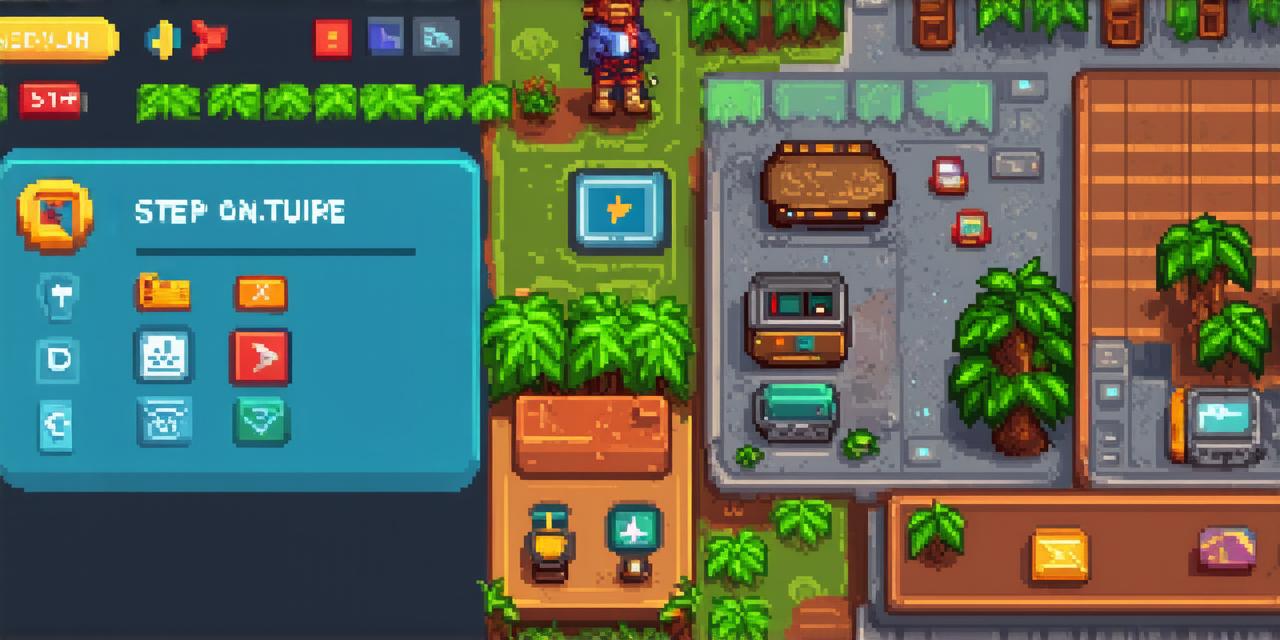Are you a game developer looking to create a 2D mobile game? Look no further! In this comprehensive guide, we’ll take you through everything you need to know to create a successful 2D mobile game, from conceptualization to launch.
Introduction: The Importance of 2D Mobile Games
Mobile gaming has grown exponentially in recent years, with millions of people around the world downloading games on their smartphones and tablets every day. While many popular games are 3D, there’s still a large market for 2D games. There are several reasons why 2D mobile games continue to be popular.
- Firstly, 2D games require less processing power than 3D games, making them easier to run on older devices.
- Secondly, 2D games can be created using simpler and more cost-effective tools than 3D games, which makes them a great option for indie game developers.
- Thirdly, 2D games often have a retro feel that appeals to gamers who enjoy classic games from the past.

Conceptualization: Bringing Your Vision to Life
The first step in creating a 2D mobile game is to come up with an idea for your game. This could be anything from a puzzle game to a platformer, or even a strategy game. Once you have an idea, it’s time to start brainstorming and fleshing out the details.
It’s important to keep in mind that your game should be easy to understand and fun to play. You want players to be able to pick up your game and start playing immediately without needing extensive instructions or tutorials.
Once you have a basic concept for your game, it’s time to create a prototype. A prototype is a simplified version of your game that you can use to test out your ideas and get feedback from potential players. This will help you refine your concept and make sure your game is fun and engaging.
Design: Creating the Visual Aspects of Your Game
Once you have a prototype, it’s time to start designing the visual aspects of your game. This includes creating art assets, such as characters, backgrounds, and objects, as well as designing the user interface (UI) of your game.
When designing your game’s art assets, it’s important to keep in mind that they should be optimized for mobile devices. This means using low-resolution images that can be scaled up or down depending on the device’s screen size. You also want to make sure your art assets are compatible with a variety of screen sizes and resolutions.
In addition to designing your game’s art assets, you’ll also need to create a UI that is intuitive and easy to use. This includes designing buttons, menus, and other controls that players can use to interact with your game.
Development: Writing the Code for Your Game
Now that you have your concept, prototype, and design in place, it’s time to start writing the code for your game. There are many programming languages and frameworks available for creating 2D mobile games, including Unity, Unreal Engine, and Construct.
When choosing a programming language or framework, it’s important to consider your experience level and the complexity of your game. If you’re new to game development, you may want to start with a simpler language or framework that is easier to learn.
Once you’ve chosen a programming language or framework, it’s time to start writing the code for your game. This includes creating the game logic, handling user input, and integrating your art assets and UI.
Testing: Finding and Fixing Bugs in Your Game
Once you’ve written the code for your game, it’s important to test it thoroughly to make sure there are no bugs or other issues that could cause problems for players.
